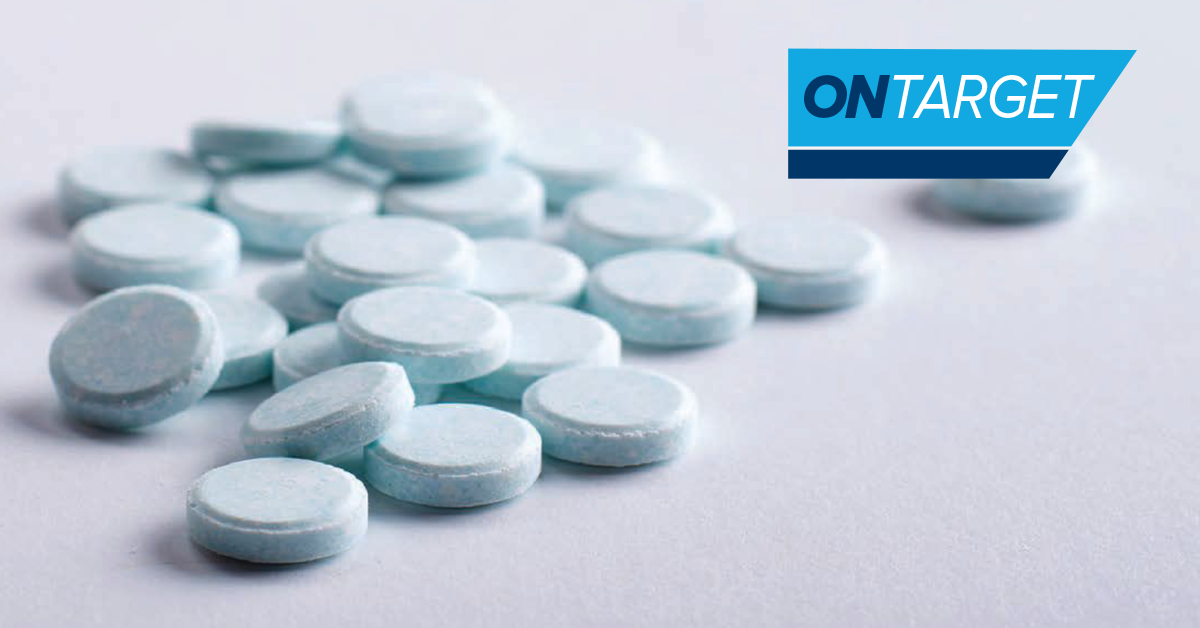The theme for week two of Dental Infection Control Awareness Month (#DICAM20) is Dental Unit Waterlines (DUWLs). Just as it’s important to follow current guidelines and protocols for the proper reprocessing of dental instrument and devices, the importance of keeping DUWLs free of bacteria cannot be overstated. In this post, we’ll go behind the scenes as we discuss the importance of both instrument reprocessing and waterline maintenance.
A peek behind the scenes can be revealing. If you got to sneak backstage during a play, you might see controlled chaos as actors change costumes and grips move scenery; a look into an artist’s studio might show a workspace splattered with paint or clay; and walking into a restaurant’s kitchen might reveal temperamental chefs and lax food-handling procedures. What would your patients find if they had the opportunity to see behind the scenes in your practice?
Safety is a critical part of every dental patient’s experience. They want to feel comfortable about the care you and your team provide, and that includes the steps you take to ensure they’re safe from infection. What patients see in your waiting room and operatories is only part of the story. Would they still feel good about your practice if they looked into your sterilization room or could inspect your dental unit waterlines?
Reprocessing instruments and devices
If a patient asked, could you show them your policies and procedures for handling instruments that might be contaminated with blood or body fluids? Could you show them where you keep manufacturers’ instructions for reprocessing these items? And could you introduce them to the team member who is trained to reprocess contaminated instruments and equipment? The Centers for Disease Control and Prevention (CDC) Summary of Infection Prevention Practices in Dental Settings recommends taking these basic steps to ensure safe care: written policies and procedures for containing, transporting, and handling contaminated instruments and equipment; readily available manufacturers’ reprocessing instructions; and team members trained in reprocessing steps and assigned to that task.
The CDC divides the instruments, devices, and equipment you use directly with patients into three categories: critical, semicritical, and noncritical. Each category has its own reprocessing requirements.
- Critical items are anything that penetrates soft tissue or bone, including surgical instruments and periodontal scalers. They pose the highest risk for infection transmission and must be heat sterilized.
- Semicritical items, such as mouth mirrors and reusable impression trays, come in contact with mucous membranes and skin that’s chapped or scraped or has dermatitis. They have a lower risk for transmitting infection but also should be heat sterilized if they can tolerate heat. Any semicritical items that aren’t heat tolerant should be replaced with those that are or with disposable alternatives. If replacements aren’t available, semicritical items should be processed using high-level disinfection.
- Noncritical items touch only intact skin; they include radiograph heads and cones and blood pressure cuffs. Because these items pose the lowest risk for infection transmission, cleaning is adequate. If any noncritical item is visibly dirty, it should be cleaned and then disinfected with an Environmental Protection Agency (EPA)-registered hospital disinfectant. These items also can be protected with disposable barriers that are changed after each patient use.
To ensure sterilizers are working properly, follow manufacturer instructions for mechanical, chemical, and biological monitoring. And follow state and local regulations for maintaining your sterilization records.
Dental unit waterlines
What would patients find if they were able to inspect your DUWLs or test your water quality? Are you following the CDC’s recommendations?
The long narrow tubing, inconsistent flow rates, and the potential for oral fluid retraction mean DUWLs are perfect reservoirs for bacteria and biofilm, placing you, your team, and your patients at risk for infection. All dental units must use water that meets EPA standards for drinking water – ≤ 500 colony-forming units (CFU)/mL of heterotrophic water bacteria. To ensure your practice meets those standards, don’t just use a water bottle system. The CDC recommends consulting the dental unit manufacturer to determine the best methods for maintaining water quality and equipment.
Product suggestions
As you review your infection prevention and control policies and procedures, consider a few products that might help you ensure patient safety.
Water cleaners
- Crosstex DentaPure Independent Water Bottle Cartridge
- Patterson Waterline Maintenance Tablets
- QuickPass In-Office Dental Water Test
Evacuation cleaners
Air/water syringe tips
High volume evacuation (HVE) tips
Saliva ejectors
The best way to ensure team-member and patient safety is to follow evidence-based guidelines throughout your practice. They’ll help you keep your entire practice – from the front of the house to behind the scenes – ready for inspection so patients are assured that you have their safety in mind.
– – –
This blog post originally appeared in OnTarget. Download the September 2020 issue here or view the current issue and highlighted promotions on our OnTarget page.



